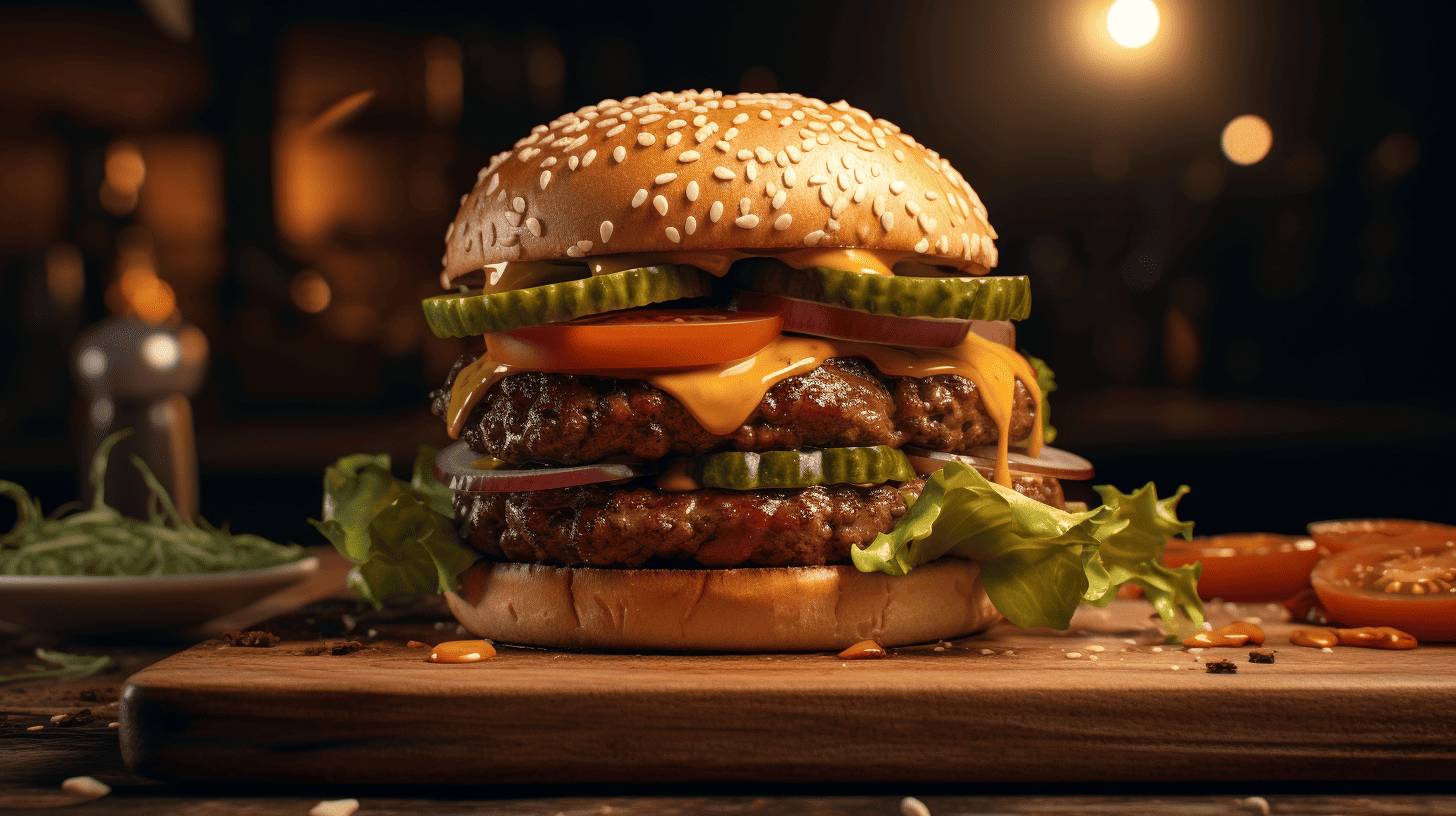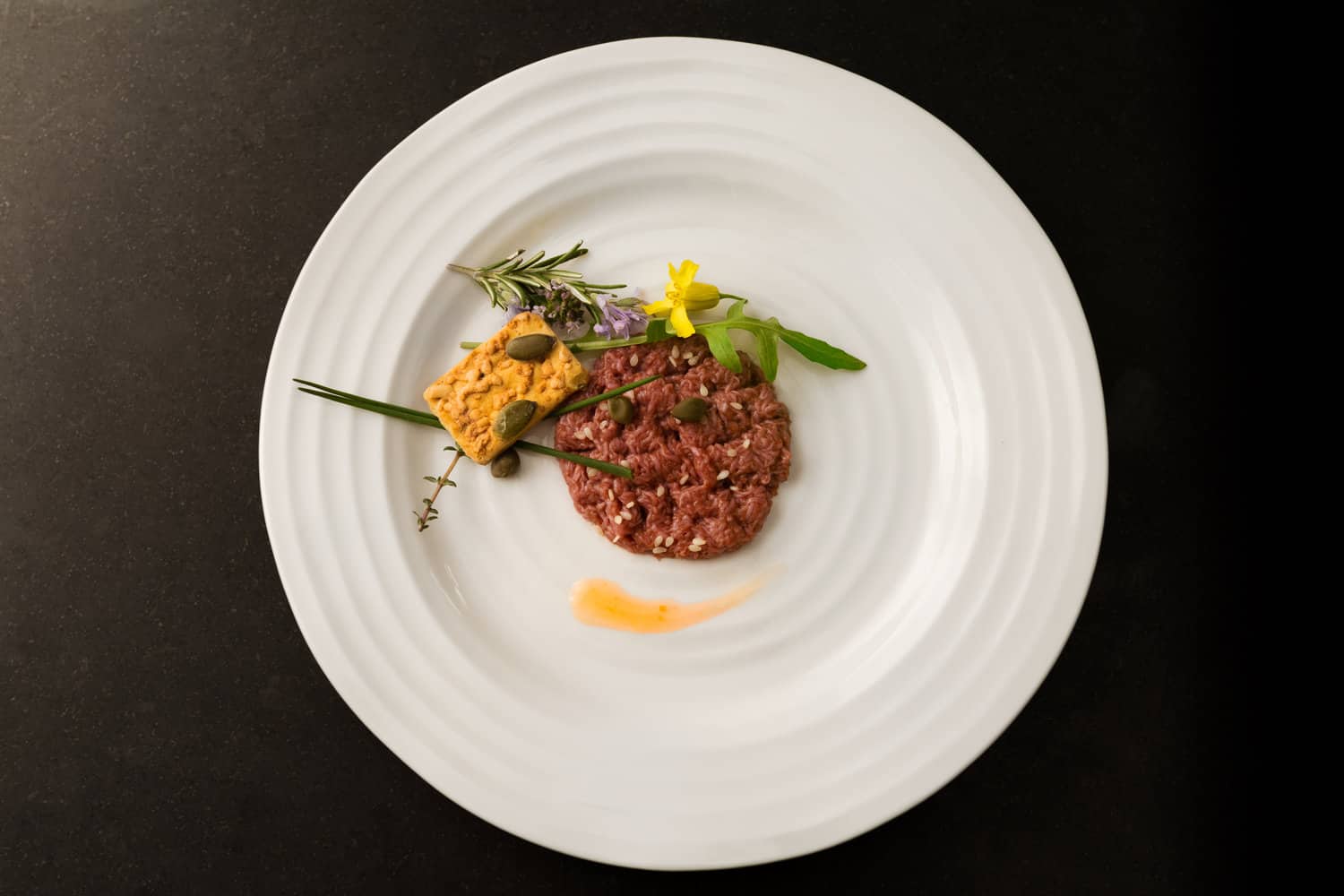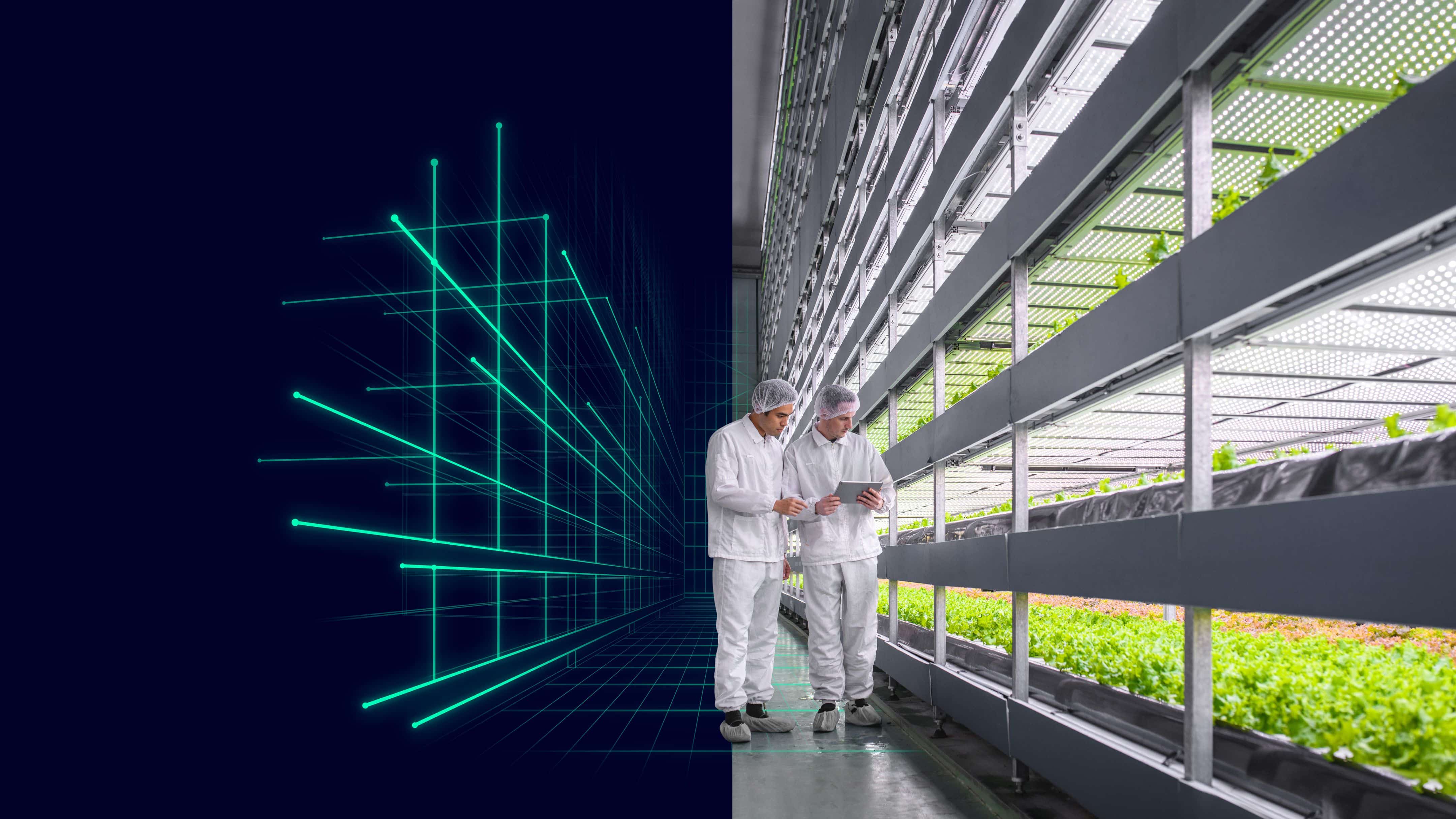
The lab-grown meat industry is rapidly advancing, with companies like Finless Foods, Mosa Meat, and Upside Foods developing sustainable alternatives to traditional animal farming. Finless Foods is working on cell-cultured bluefin tuna, while Mosa Meat plans to introduce its cultured hamburgers in Singapore within a year. The industry has attracted significant investments, with market projections suggesting a value of $25 billion by 2030. However, concerns exist about scalability and the environmental impact of cultured meat. Despite challenges in production, cost, taste, and regulatory approval, this emerging field has the potential to revolutionize the food industry and provide sustainable meat alternatives in the future.
- Companies like Finless Foods and Mosa Meat are developing sustainable alternatives to traditional animal farming through cell-cultured seafood and meat products.
- The industry faces challenges in scalability, environmental impact, and consumer acceptance, but breakthroughs in technology and regulatory approvals offer promising prospects for the future.
- Lab-grown meat has the potential to revolutionize the meat industry by addressing environmental concerns, animal welfare, food security, and human health.
From lab-grown fish to cell-cultured beef
Finless Foods, a San Francisco-based company, is on track to become the first to offer cell-cultured bluefin tuna to US consumers. They aim to provide a sustainable alternative to wild-caught seafood, addressing increasing demand while protecting the species from overfishing. Regulatory approval is expected in 2024 for their prototype, which is created from a mix of lab-grown cells and plant-based materials.

Meanwhile, Mosa Meat, a Dutch company specializing in cultured meat, is set to introduce its first cultured hamburgers in Singapore in about a year. They recently opened a pilot factory on the Brightlands Maastricht Health Campus, marking a significant milestone in their journey towards market introduction. The main challenge they face is obtaining approval from food safety authorities both domestically and internationally.
Scaling up production and reducing environmental impact
While cultured meat has the potential to address environmental impact, animal welfare, food security, and human health concerns associated with traditional meat production, challenges remain. One of the main concerns is the need for highly-refined growth media, which increases resource consumption and global warming potential. Lab-grown meat’s carbon footprint can be “orders of magnitude” higher than conventional beef due to the energy and greenhouse gas emissions involved in its production. However, companies are attempting to shift away from pharmaceutical-grade ingredients to make production more environmentally competitive.
Scaling up production to meet the demands of the growing population is another challenge. High capital costs, ingredient supply chain limitations, and the need for energy-intensive facilities are some of the factors that critics argue will make it difficult to scale. However, industry experts remain optimistic and believe that breakthroughs in technology and scaling will make cultured meat a viable alternative.
Regulatory approvals and consumer acceptance
As of now, lab-grown meat is only available for purchase in Singapore. However, regulatory approvals are being obtained in other countries, including the recent approval by the U.S. Food and Drug Administration. Believer Meats is constructing the largest commercial-scale lab-grown meat production facility in the world in anticipation of regulatory approval.
Consumer acceptance remains a key hurdle for the lab-grown meat industry. Taste and texture have been a focus of research, with mixed results. Some products have successfully replicated the texture of meat, while others still need improvement. Studies have shown taste differences between conventionally produced meat and cultured meat, with cultured meat having a slightly different flavor profile.
What’s next for the cultured meat industry?
With ongoing research and development aimed at improving production efficiency and expanding the range of available products, the future of cultured meat looks promising. The first restaurant to serve cultured meat opened in Singapore in 2021. Companies like Mosa Meat are focusing on refining the cultivation process and expanding into other meat products such as steaks.
While widespread availability in supermarkets may still be years away, progress is being made, and cultured meat products are already being sold in selected restaurants and markets. As the industry overcomes challenges in production, cost, taste, and regulatory approval, lab-grown meat has the potential to revolutionize the meat industry and provide a sustainable alternative to traditional animal agriculture.








